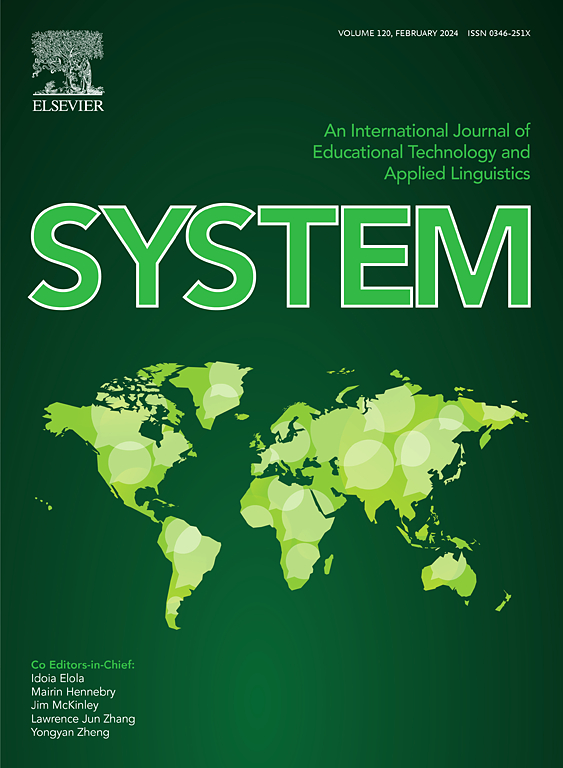2021 - 2024年中国饲料中黄曲霉毒素B1、脱氧雪腐菌烯醇和玉米赤霉烯酮污染情况
IF 6.5
1区 农林科学
Q1 Agricultural and Biological Sciences
引用次数: 0
摘要
本研究旨在调查2021 - 2024年中国饲料中黄曲霉毒素B1 (AFB1)、脱氧雪腐菌醇(DON)和玉米赤霉烯酮(ZEN)的单独和联合污染情况。共采集饲料样品23003份,其中饲料样品17489份,完整饲料样品5514份,用于霉菌毒素分析。分析的真菌毒素在饲料样品中的污染程度相当高,AFB1、DON和ZEN的污染程度分别为20.0% ~ 100%、33.3% ~ 100%和85.0% ~ 100%。AFB1、DON和ZEN的平均浓度分别为1.2 ~ 728.7 μg/kg、106 ~ 8634.8 μg/kg和18.1 ~ 3341.6 μg/kg。值得注意的是,原料中AFB1、DON和ZEN的超标率分别为9.7%、2.7%和15.7%。同时,分析的全饲料中,AFB1、DON和ZEN含量分别超过中国安全标准的分别为3.5%、1.1%和8.7%。超过70%的原料和87.5%的全饲料产品中AFB1、DON和ZEN的共污染率分别为60.0% ~ 100%和61.5% ~ 100%。本研究表明,在过去的四年中,中国饲料普遍存在AFB1、DON和ZEN单独或组合污染。这些发现强调了监测家畜饲料中真菌毒素污染水平的重要性,以及开展饲料管理和真菌毒素控制补救策略的重要性。本文章由计算机程序翻译,如有差异,请以英文原文为准。
Contamination of aflatoxin B1, deoxynivalenol and zearalenone in feeds in China from 2021 to 2024
This study was carried out to investigate the individual and combined contamination of aflatoxin B1 (AFB1), deoxynivalenol (DON), and zearalenone (ZEN) in feeds in China between 2021 and 2024. A total of 23,003 feed samples, including 17,489 feedstuff samples and 5,514 complete feed samples, were collected from different provinces of China for mycotoxin analysis. The analyzed mycotoxins displayed considerably high contamination in the feed samples, with the individual contamination of AFB1, DON, and ZEN were 20.0%–100%, 33.3%–100%, and 85.0%–100%, respectively. The average concentrations of AFB1, DON, and ZEN were 1.2–728.7 μg/kg, 106–8,634.8 μg/kg, and 18.1–3,341.6 μg/kg, respectively. Notably, the rates over China’s safety standards for AFB1, DON, and ZEN in raw ingredients were 9.7%, 2.7%, and 15.7%, respectively. Meanwhile, 3.5%, 1.1%, and 8.7% of analyzed complete feeds exceeded China’s safety standards for AFB1, DON, and ZEN, respectively. Moreover, the co-contamination rates of AFB1, DON, and ZEN in more than 70% of raw ingredients and 87.5% of complete feed products were 60.0%–100% and 61.5%–100%, respectively. This study reveals that the feeds in China have commonly been contaminated with AFB1, DON, and ZEN alone and their combination during the past four years. These findings highlight the significance of monitoring mycotoxin contaminant levels in domestic animal feed and the importance of carrying out feed administration and remediation strategies for mycotoxin control.
求助全文
通过发布文献求助,成功后即可免费获取论文全文。
去求助
来源期刊

Journal of Animal Science and Biotechnology
AGRICULTURE, DAIRY & ANIMAL SCIENCE-
CiteScore
9.90
自引率
2.90%
发文量
822
审稿时长
17 weeks
期刊介绍:
Journal of Animal Science and Biotechnology is an open access, peer-reviewed journal that encompasses all aspects of animal science and biotechnology. That includes domestic animal production, animal genetics and breeding, animal reproduction and physiology, animal nutrition and biochemistry, feed processing technology and bioevaluation, animal biotechnology, and meat science.
 求助内容:
求助内容: 应助结果提醒方式:
应助结果提醒方式:


